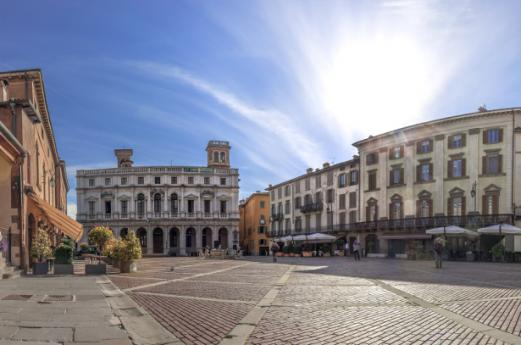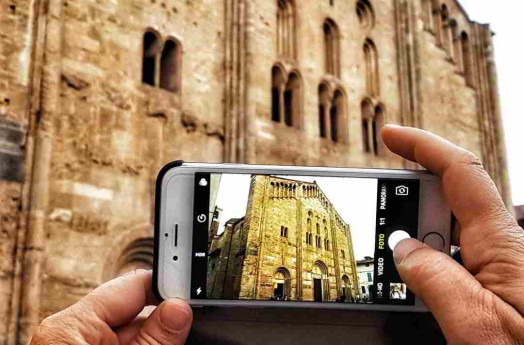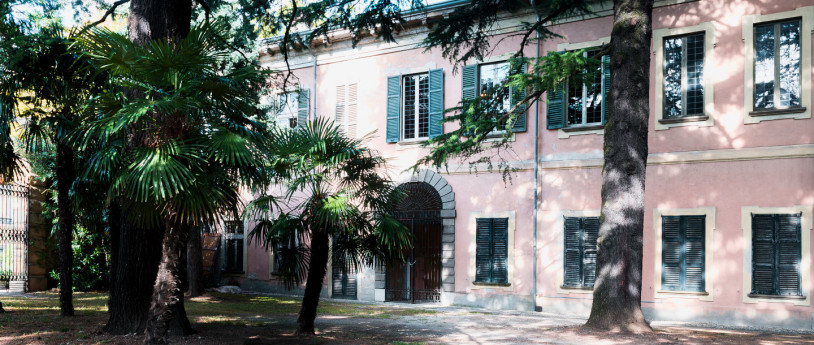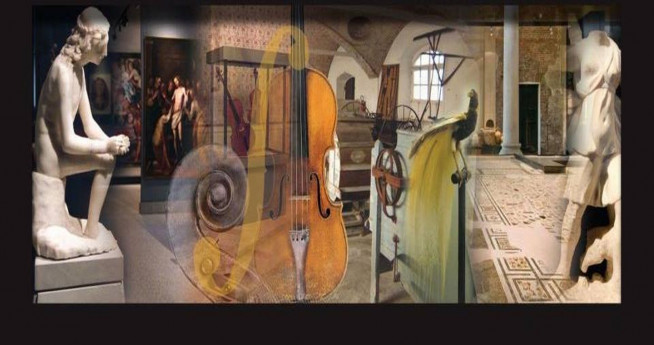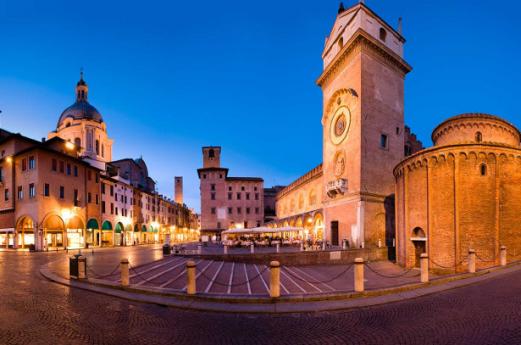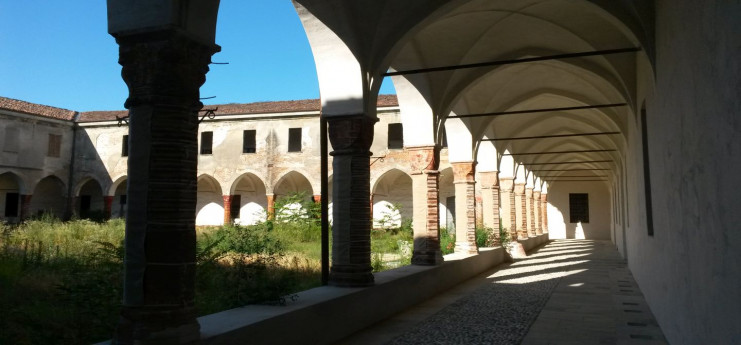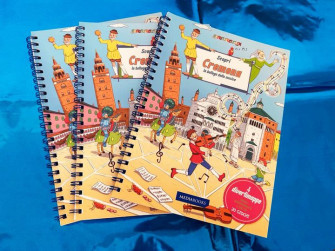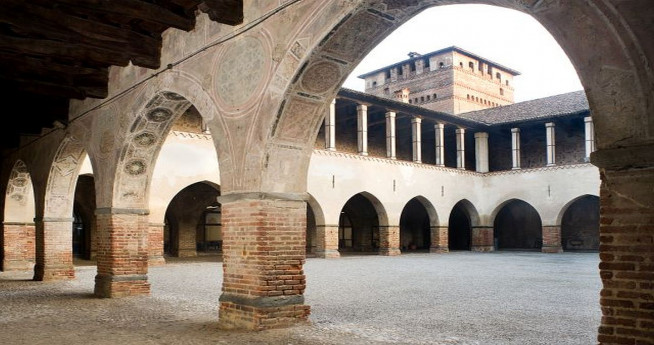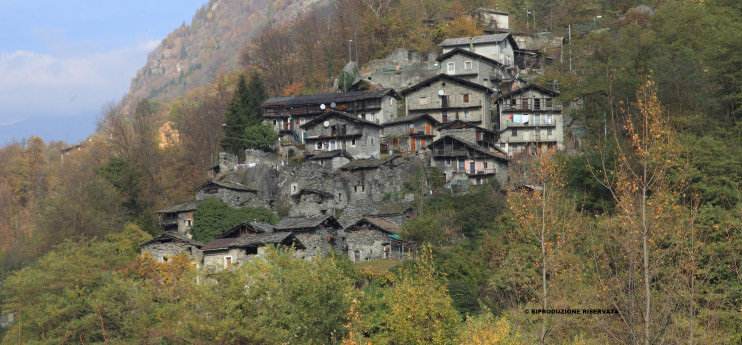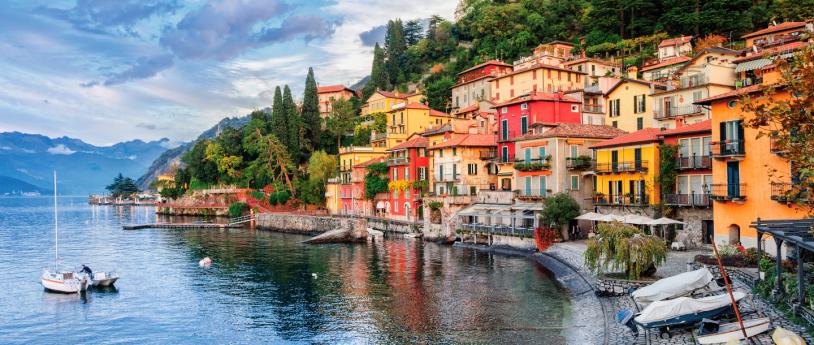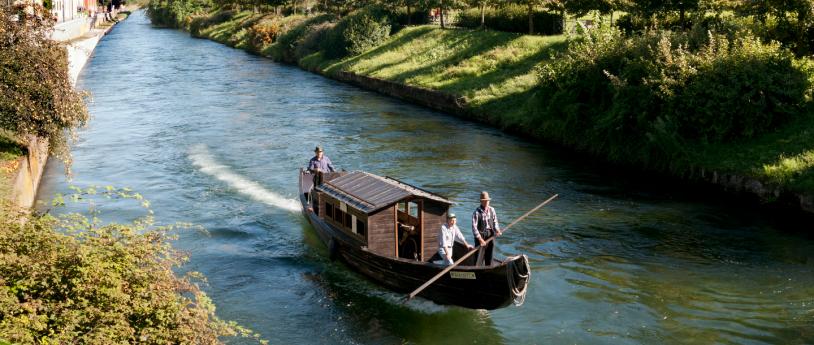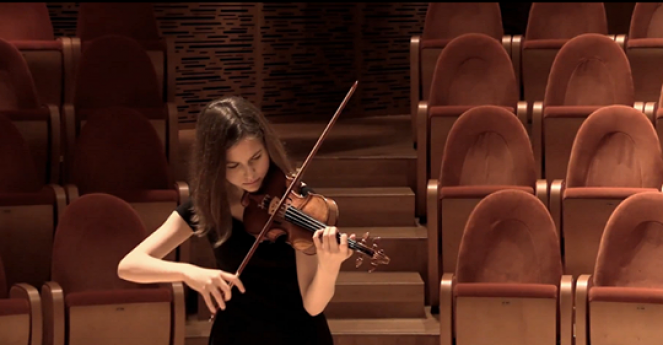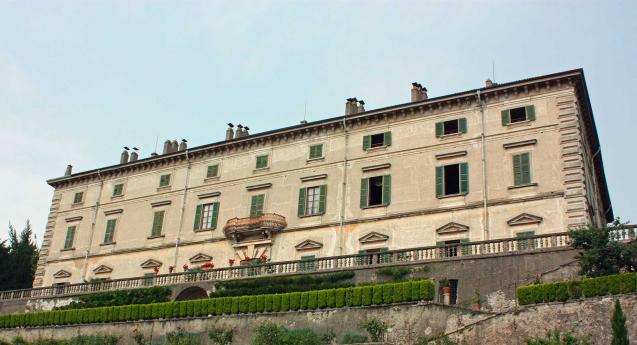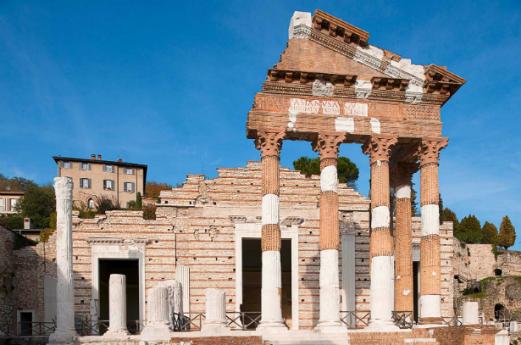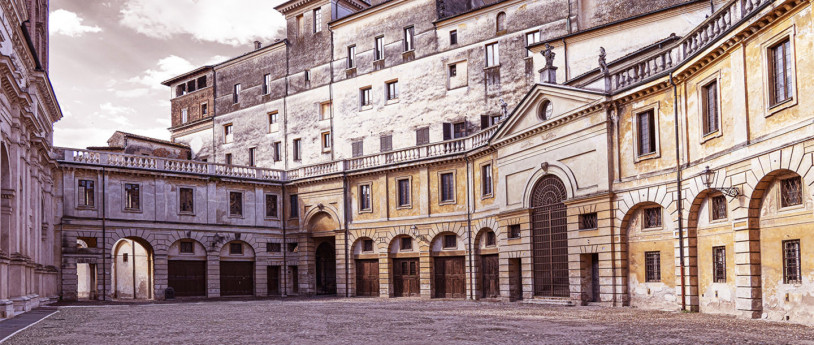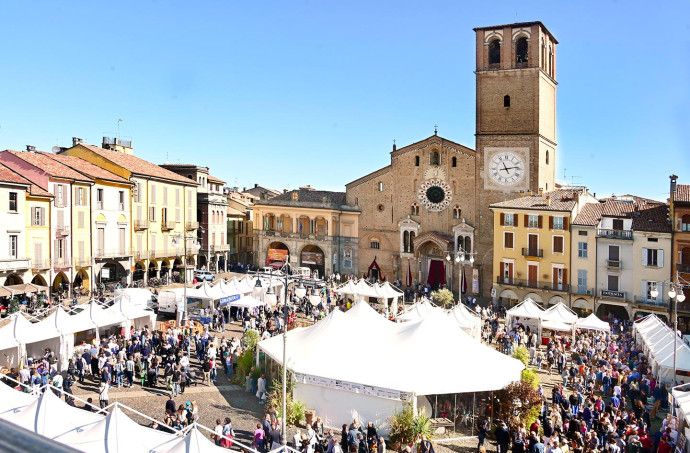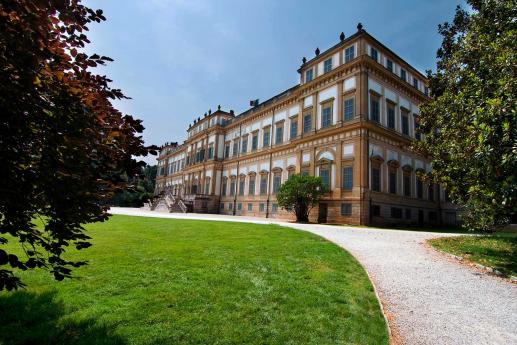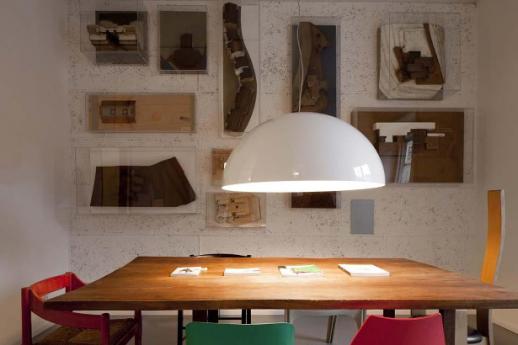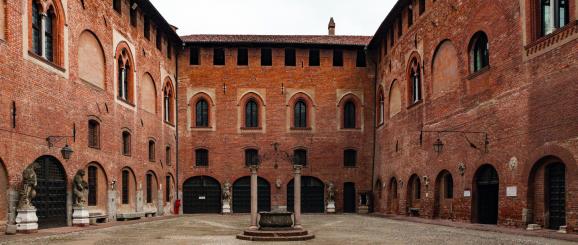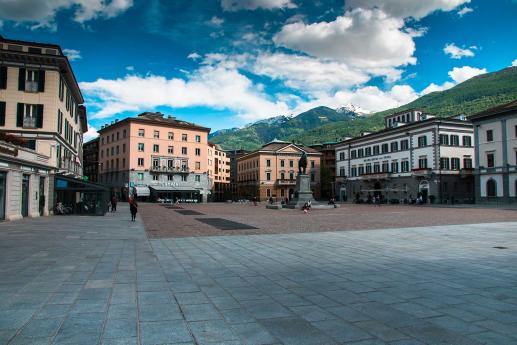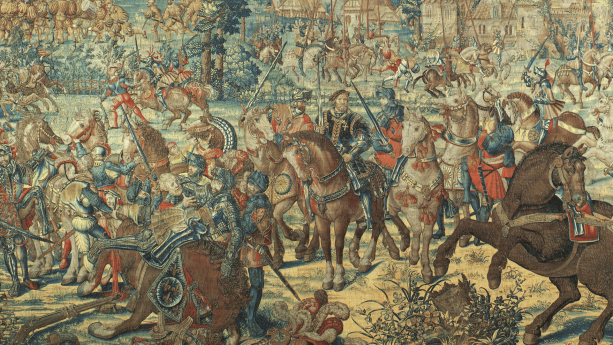- Art & Culture
- Cycle Tourism
- Lifestyle
What to Do in Mantua and surroundings
I f you're in the Mantua area, make sure you pay a visit to Sabbioneta. The town was designed in accordance with the renaissance principles of the "ideal city" by patron of the arts prince Vespasiano Gonzaga in 1556, and was built following an urban layout based on the modern and functional vision of the renaissance.
Mantua and Sabbioneta were both recognised as UNESCO sites in 2008. The stunning Palazzo Ducale has a long white marble portico and the Teatro all'Antica is Europe's oldest free-standing theatre. The remains of other Gonzaga residences can also be found in other towns such as Revere, Castel Goffredo and Pomponesco.
The Mantua area has some of Italy's most beautiful little towns. These include the fortified village of Castellaro Lagusello (veiled in a heavy Virgilian atmosphere and complete with a large gateway at the entrance that used to have a drawbridge until the 18th century) and San Benedetto del Po, which is famous for the Polirone Abbey, also known as the Lombard Cluny.
Canneto sull'Oglio is a real never-never land. Its famous Toy Museum has over 1,000 objects on display, including dolls, rocking horses, toy carts, wooden puppets, tin cars, building games and marionettes.
This area is great if you like cycling and there are lots of long cycle paths to match all levels of ability, from beginner to expert. The Mantua – Peschiera cycle path takes you through some stunningly beautiful landscape. This 42.5 km panoramic cycle trail is great for families with little children too and it follows the River Mincio along to Lake Garda.
When it comes to Mantua's food, pumpkin rules over all other ingredients and is used in the preparation of delicious tortellini, bread, veggie balls and fritters. Other local dishes include risotto alla mantovana (risotto with sausage), pasta con fagioli e salsicce (pasta with sausage and beans) and stufato alla mantovana (Mantua stew). Mantua's most famous cake is the Torta Sbrisolona or Torta delle tre tazze (a "three-cup" cake that uses equal quantities of white flour, yellow flour and sugar, measured out in cups). Mostarda (preserved spiced fruits) is served with meat-based first and second courses.
The area's most famous wines include Lambrusco Mantovano and Garda Colli Mantovani wines.
